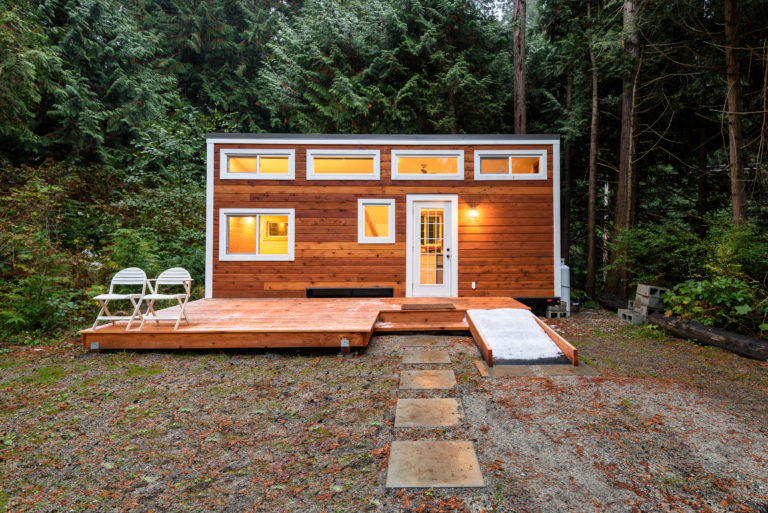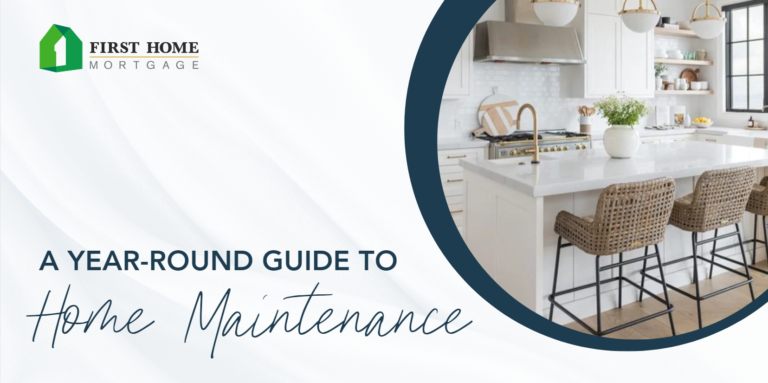
Living large doesn’t necessarily mean owning a mansion and filling it with an abundance of possessions. Just ask those who have joined the tiny house movement. You may be asking, what exactly is the tiny house movement? The latest trend involves homeowners downsizing to a home, generally measuring 400 square feet or less. Small, right? How can one live in such a small space? It’s definitely a lifestyle change and it’s not for everyone, but those who have joined this movement have benefited big time!
So why would someone choose this lifestyle? There are many benefits to going tiny. Affordability is a major factor; the cost of a tiny home is substantially cheaper than a normal-sized home. Typically, tiny homes can range from $10,000-$50,000 depending on the type of home, amenities and if you build it yourself or purchase a pre-built home. That is a fraction of the cost of an average house in the suburbs. The cost of upkeep of a tiny home tends to be less as well since there is less square footage to maintain.
Going tiny can also simplify your life. Since your home is smaller, there is less room for material items and possessions. Freedom from objects will allow you to focus on experiences and connecting with people and nature rather than focusing on “things”. The less time you spend focusing on things, the more time you can focus on yourself and finding activities that make you happy.
Another benefit of going tiny is being more mobile and not tied down to one location. Some tiny homes can be placed on a trailer bed and towed and some are fixed on wheels. Either option lets you travel often and experience adventures you may not have been able to if you were tied down with a non-mobile home or a large mortgage payment.
Sounds great so far, doesn’t it? While there are many advantages of a tiny home, they do have a few drawbacks as well. Some states and/or counties have their own set of strict rules regulating where owners can place/park their tiny homes, making it difficult to stay in one place for a long period of time. Their small size creates limited storage areas, so renting a storage unit may be an additional cost homeowners need to budget for. If you decide to grow your family and need to move out of your tiny home, there is a very small market for tiny home buyers, so selling could be an issue.
As mentioned before, tiny house living isn’t for everyone, but those who choose to live this lifestyle have the financial and personal freedom to live how they want and where they want.


